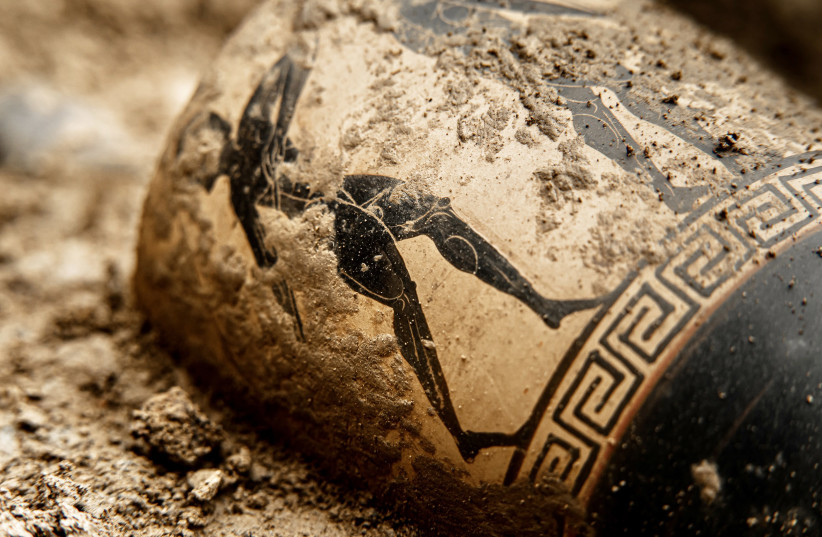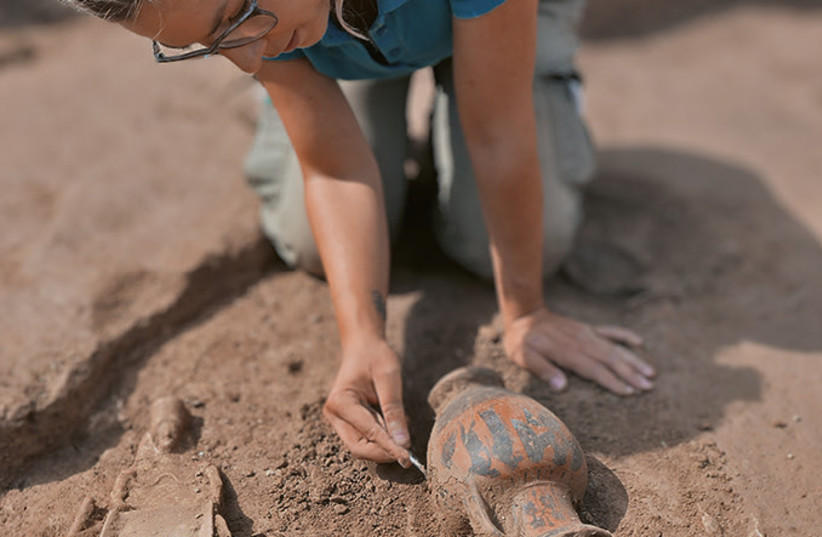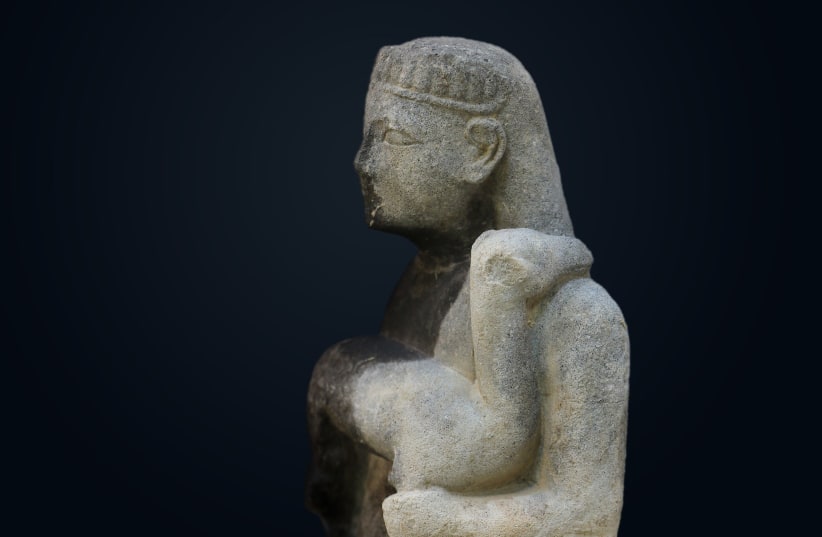A team of archaeologists from Switzerland and Greece have been working for the last four years to excavate the 7th century BC temple dedicated to the Greek goddess Artemis, in hopes of uncovering new information on the origins of an ancient cult.
The project was publicized in a press release from the Swiss School of Archaeology in Greece earlier this month.
Artemis was the virgin Greek goddess of hunting and the moon, the antithesis of her twin brother Apollo who was the god of the sun and a variety of other things related to the arts.
The structure has now been completely exhumed, revealing a number of surprises for the experts to study.
One of the shocking findings was that the building's floor plan was apsidal, which is not often seen in structures from that time period. Additionally, the size of the temple was larger than what researchers anticipated, reaching 100 feet.


Giving insight into the philosophy of the cult, the temple's hearths and altars were found inside the temple as opposed to outside, which was the norm for ancient Greek temples. The stone structures had once been the site of large fires, where animals had been sacrificed to Artemis. Remnants of the animal sacrifices had also been found. Bone remnants were found in the thick layers of ash.
Vases, weapons, jewelry, and other exotic objects were also found at the site. Additionally, researchers found a terracotta bull's head from the late Bronze Age.


History of the temple
Archaeologists were able to identify signs that the temple had once been partially destroyed by a fire in the late 6th century BC and temporarily restored with mud bricks. The building had later been entirely replaced.
The excavations also revealed the remains of other buildings that could be from the 8th or 9th BC.
